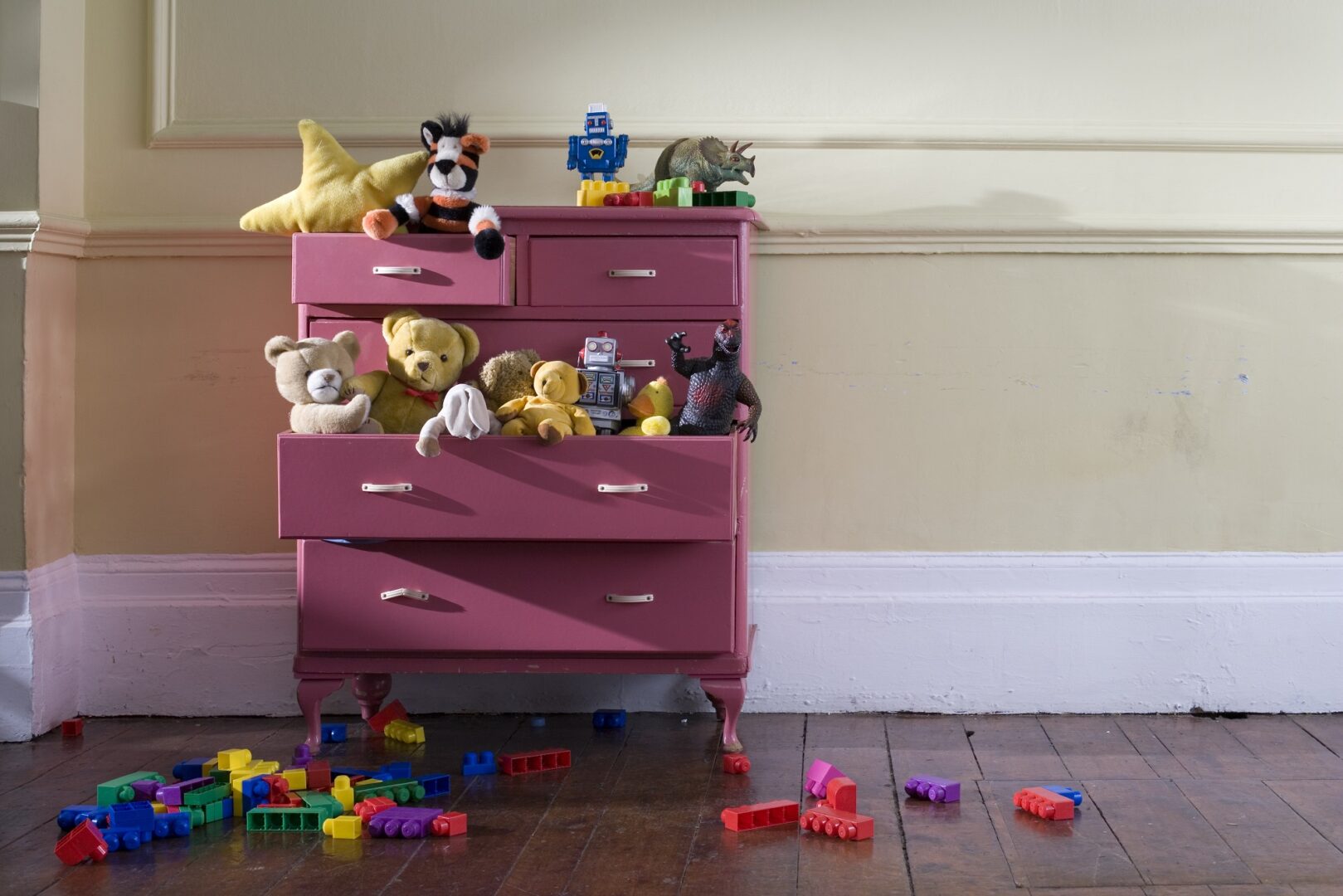If you’ve decided to become a childminder, you likely have many questions about the first steps you need to take to get things off the ground. One of these questions is how to set up your home so it’s safe, suitable and fun for the children you’ll look after.
How much space do you need?
According to Ofsted, these are the indoor space requirements for childminders:
- Children under two years: 3.5 m2 per child
- Two-year-olds: 2.5 m2 per child
- Children aged three to five years: 2.3 m2 per child
Don’t let having a small house put you off: even a small indoor space can be carefully kitted out to make it a welcoming and safe environment for little ones. And while a garden is often on parents’ wish-lists, local green spaces offer an accessible alternative if you don’t have your own.
How should you set up your space?
As you’ll be welcoming kids into your home, it needs to be a clean and calm environment. You’ll also need to think about organising the following:
- A coat rack and space for storing the children’s shoes and bags in your entrance hall.
- A noticeboard at your entrance to display important information.
- A designated dining area which is suitable for children—either with a table and high chairs or a low table and chairs.
- A designated spot for safe naps, with either mattresses, beds or travel cots.
- A designated play space, complete with toys in containers that the children can easily and safely access.
- Designated areas for different types of play such as reading, drawing and building.
- A fully equipped first aid kit and fire blankets.
- Wristbands or tabards with the children’s names and a contact number for when you’re out of the house.
What toys and resources does a childminder need?
All childminders need to make sure they have toys and resources that are age-appropriate and engaging for the children in their care. Here are some ideas:
- Music and dance: instruments, dance ribbons
- Arts and crafts: paints, pencils, modelling clay, playdough
- Reading: books
- Role play: toy kitchen, dolls, toy shopping set, soft toys, costumes and accessories for dressing up
- Small world: farm, house, vehicles, wooden people
- Construction: Duplo and/or Lego, wooden blocks
- Fine motor skills: lacing beads, busy boards
- Games: simple wooden peg puzzles, jigsaws
- Shapes: shape sorters and shape stackers
- Counting: “learning to count” table top
- Gardening: pots, planting materials and tools
What other rules are there?
You are expected to ensure that your space is fit for purpose and suitable for the age of children you’ll care for and the activities you’ll do on the premises. This includes complying with health and safety regulations such as fire safety and hygiene requirements. For more on this, see the Early years foundation stage (EYFS) statutory framework.
Before you apply to Ofsted or an Ofsted-approved childminder agency, you’ll need to do a risk assessment in your home to spot any potential risks to children’s health or safety, including from any equipment or activities you will provide. Some other considerations are:
- Making sure that no-one can enter the premises without your knowledge.
- Having a suitable place to prepare any food you serve the children.
- Making sure that children have access to drinking water as well as suitable toilet and hand-washing facilities.
- Making sure your outdoor space is secure, if you have one.
For more on requirements, check the government website.
Will someone check your space?
Once you’ve applied through Ofsted or an Ofsted-approved childminder agency, an inspector will visit you to make sure that your space is safe for children.
While you’re setting up your space so it’s ready to welcome little ones, why not take a look at our current childminder vacancies?
